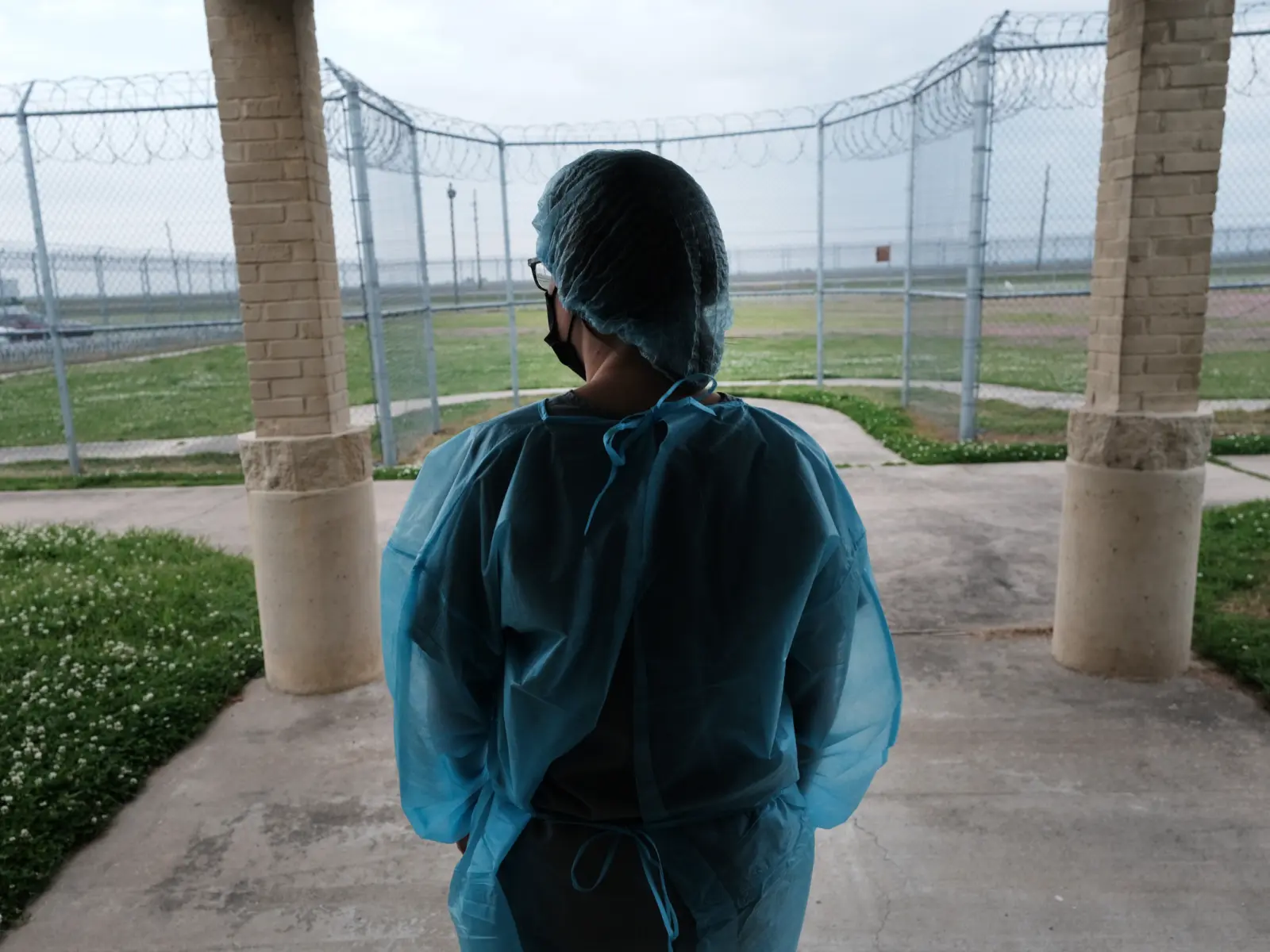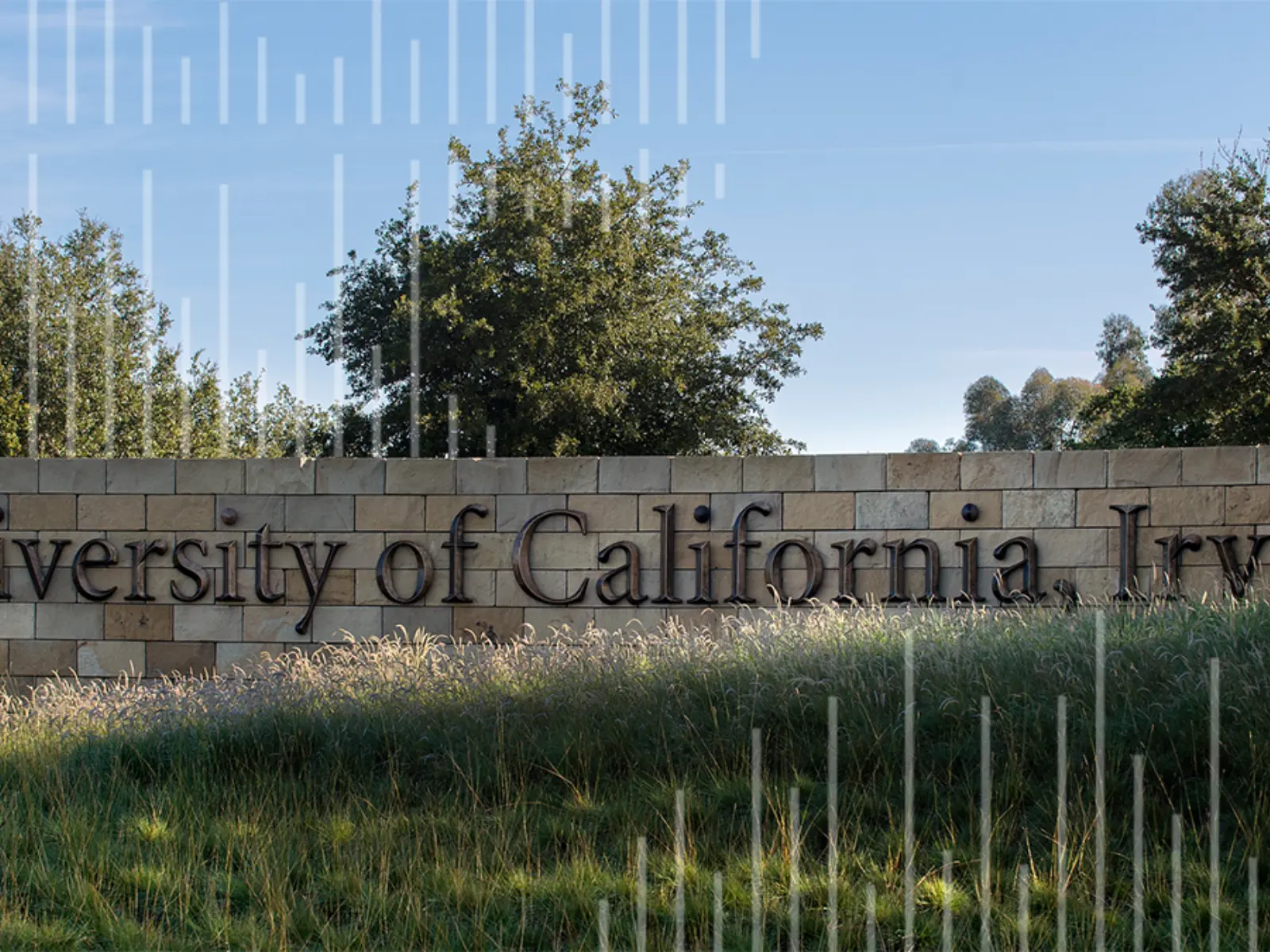Prosecutors are among the most powerful actors in the criminal justice system. Their vast discretion includes deciding whose cases to charge, whose to dismiss, what charges to bring, and what sentences to seek. In recent decades, prosecutors have often pursued steep prison terms, contributing to America’s problem of unnecessary over-incarceration. For too long, the data being collected by prosecutor offices focused only on number of cases, the rate of conviction, and the severity of sentences.
Today, however, many forward-thinking prosecutors have begun to take new approaches to data that emphasize transparency, accountability, and community safety while focusing on fairness to the people they serve and smart use of limited public resources. Fair and Just Prosecution (FJP) has built a network of such prosecutors. In October, FJP published a new white paper, Advancing the Use of Data in Prosecution, documenting the methods some prosecutor offices are using to embrace data, redefine success beyond conviction rates, and share important information with their communities.
We sat down with the authors of the report, FJP’s Data Innovations Director Ryan Gentzler and Research and Policy Associate Michaela Bono to talk about the ways prosecutors are increasing transparency, improving data infrastructure, and building trust with the people they serve.
This conversation has been edited for clarity.

Arnold Ventures
At a personal level, what brought each of you to studying prosecution reform?

Ryan Gentzler
Before I joined FJP, I worked at the Oklahoma Policy Institute for seven years, developing systems to track data throughout the state’s criminal justice system. The big obstacle for what we were trying to do was the prosecutors in our state. Coming to FJP seemed like a fantastic opportunity to use data with the actors in the justice system who can make the biggest difference the most quickly. By using their discretion, prosecutors are in a position to make changes toward a more equitable and fair disposition of cases.

Michaela Bono
I started out as a regular visitor to a maximum security prison, where I did meditation with folks inside — mostly lifers. That was when I first learned how much power prosecutors have over their cases. Eventually, I started a restorative justice program in Louisiana for youth, and I housed it in the district attorney’s office, where I learned more about prosecutorial discretion and how there’s often no data when looking at outcomes. Then I worked at the Vera Institute for three years. I ended up wanting to work directly with attorneys who have a drive to do things differently. Working at FJP on the data piece has been really exciting, because we need to help prosecutors make decisions that are based on something other than their instinct. I’m inspired to do that.

Arnold Ventures
In the paper, you note that the inner workings of prosecutors’ offices — including their discretion — have been a “black box.” As a matter of both fairness and community safety, why is it important to create greater transparency using data?

Ryan Gentzler
Voters elect prosecutors, but without good data, there are very few ways for the public to understand how they’re using their discretion. One good example of this is in Fairfax, Virginia. The prosecutor’s office put in place a policy that emphasized pretrial release for people accused of nonviolent offenses. But when they looked at the data, they realized that the policy frequently wasn’t being followed. They did some training with their line attorneys to ensure that they understood what the expectation was, and within a year the number of releases for less serious offenses had gone up significantly. We know that incarcerating people pretrial, even for short periods of time, makes them more likely to reoffend, so pretrial release is one of those things that can support public safety very directly. In this case, the data was instrumental in facilitating that policy change.

Michaela Bono
There’s no way to ensure a fair and equitable process if we don’t know what each attorney in an office is doing, how they’re charging their cases, and what they’re recommending in terms of bail and sentencing. Today, some offices are using internal data for case management systems in a way that allows leadership to know more about their attorneys’ day-to-day work. In Seattle, for example, they have a strong system that allows them to pull up everybody’s numbers and use measurements that are actually meaningful to the prosecutor’s vision of fairness.

Arnold Ventures
What are the problems with traditional ways prosecutors’ offices use data — or fail to do so?

Ryan Gentzler
To the extent that offices have used data in the past, it’s been to emphasize tough-on-crime goals with their line prosecutors — who’s securing the highest conviction rate, getting the longest sentences, or processing cases the fastest. That old-school view of things is how we got mass incarceration in the first place. There’s a lot of research on how prosecutors changed their practices during the period of exploding incarceration rates to emphasize more punitive responses to crime. The new generation of reform-minded prosecutors has to be intentional about changing how they view success and how that differs from what was expected of line attorneys in the past.

Michaela Bono
When reform-minded prosecutors inherit their office from someone with a very different vision, they often find that the data systems themselves are antiquated and useless. Many offices have boxes of files and notes all over the place, and there’s no way to track that. Racial disparities are often obscured. We heard from one office that the previous administration had erased all the racial data prior to a few years ago, so they had a really hard time building that into their analysis.

Arnold Ventures
In your research for the white paper, what did you learn about how forward-thinking prosecutors are using data and sharing information with their communities?

Ryan Gentzler
Some prosecutors are trying to build a data culture within their office. That’s a really long and difficult process, but getting line attorneys to see the value in data is extremely important. There are offices that include statistics in their weekly meetings, email news, or staff announcements to get attorneys talking about how the data reflects their work to promote public safety. In Philadelphia, the prosecutor’s office recently hired an LGBTQ+ liaison who uses data specifically to identify when there is a possible LGBTQ+ victim involved in an incident so that they can get services to that person and possibly classify an incident as a hate crime. The office also uses language processing models to analyze data from incident reports and, for example, identify when somebody is misgendered in a report. If they’re aware of those incidents early in the process, they can do a better job of responding in a way that is respectful to all kinds of people.

Michaela Bono
A lot of data initiatives start because reform-minded prosecutors want to be transparent and share with their communities what’s happening, whether they’re doing that through regular press releases, press conferences, or using open data portals and dashboards. Philadelphia has a very built-out data lab, with in-house researchers, and they release regular reports to the public. Cook County (Chicago) runs an innovative initiative, Hacking for Justice, which teaches community members how to understand and interpret criminal justice data. It’s a free two-day intensive on learning to work hands-on with criminal justice data, which is pretty impressive.

Arnold Ventures
One aim of this white paper is to provide recommendations for prosecutors’ offices seeking to build their data infrastructure. What are some of the important ones?

Ryan Gentzler
Building internal support for this work is critical at the beginning. Prosecutors need to put their weight into it. Data shouldn’t feel like a punishment that’s being used to judge what attorneys are doing and hold them to a strict set of numbers. It should be a starting point for conversations, something that stimulates ideas and discussion. Making the case to devote resources to data analyst jobs is important as well. That includes explaining to the office’s funding body and grant makers how data can improve operational efficiency, transparency within the office, community safety, and community relations.

Michaela Bono
Internally, data needs to not be an extra thing that attorneys are asked to do. It needs to be the basis for how they’re entering and working their cases every single day. We also recommend that offices form external partnerships to evaluate their programming. Not every office is going to have the power to assess how their diversion programs are working, for example. There are plenty of providers out there who can do evaluations, but that costs money, so advocating for funding is really important.

Arnold Ventures
The appetite for criminal justice reform has flagged somewhat compared to a few years ago. How can data-driven reforms help win over people across the political spectrum?

Ryan Gentzler
So much of the backlash against criminal justice reform has been based on a few years of crime trends heading in the wrong direction. Those trends seem to be reversing already. It’s hard for numbers to break through the fear-mongering narrative that often drives the anti-reform viewpoint. But data can play an important role in correcting misinformation. It’s not just about sending fewer people to prison. It’s also about ensuring that the prosecutors are spending their time on the cases that matter the most for community safety. Nuanced criminal justice communication is not always super successful, but communicating those prosecutorial priorities can be powerful.

Arnold Ventures
What encourages you most about the work you share in this white paper?

Ryan Gentzler
In the offices we work with there’s tremendous enthusiasm about improving their use of data. In Winnebago County, Wisconsin, for example, they’ve had a data analyst for three years now, and they’re evaluating their diversion programs — they’re doing impressive work with just one very enterprising, talented analyst. In smaller offices, there may be fewer resources, but there are great opportunities for analysts to work directly with prosecutors and communities. The desire is there, and the need for data isn’t going away. As funding bodies recognize the opportunities, this work is poised to grow.

Michaela Bono
What I find encouraging is that prosecutors’ offices are taking charge of their own metrics — looking at the real markers of public safety and what can be measured besides recidivism, for example. That might be measuring community wellbeing, and there are some offices doing that. Others are studying the positive impacts of declining misdemeanor cases. Measuring reductions in mass incarceration should be on the forefront of how we’re measuring our success. I hope we see more of that in the future.




















